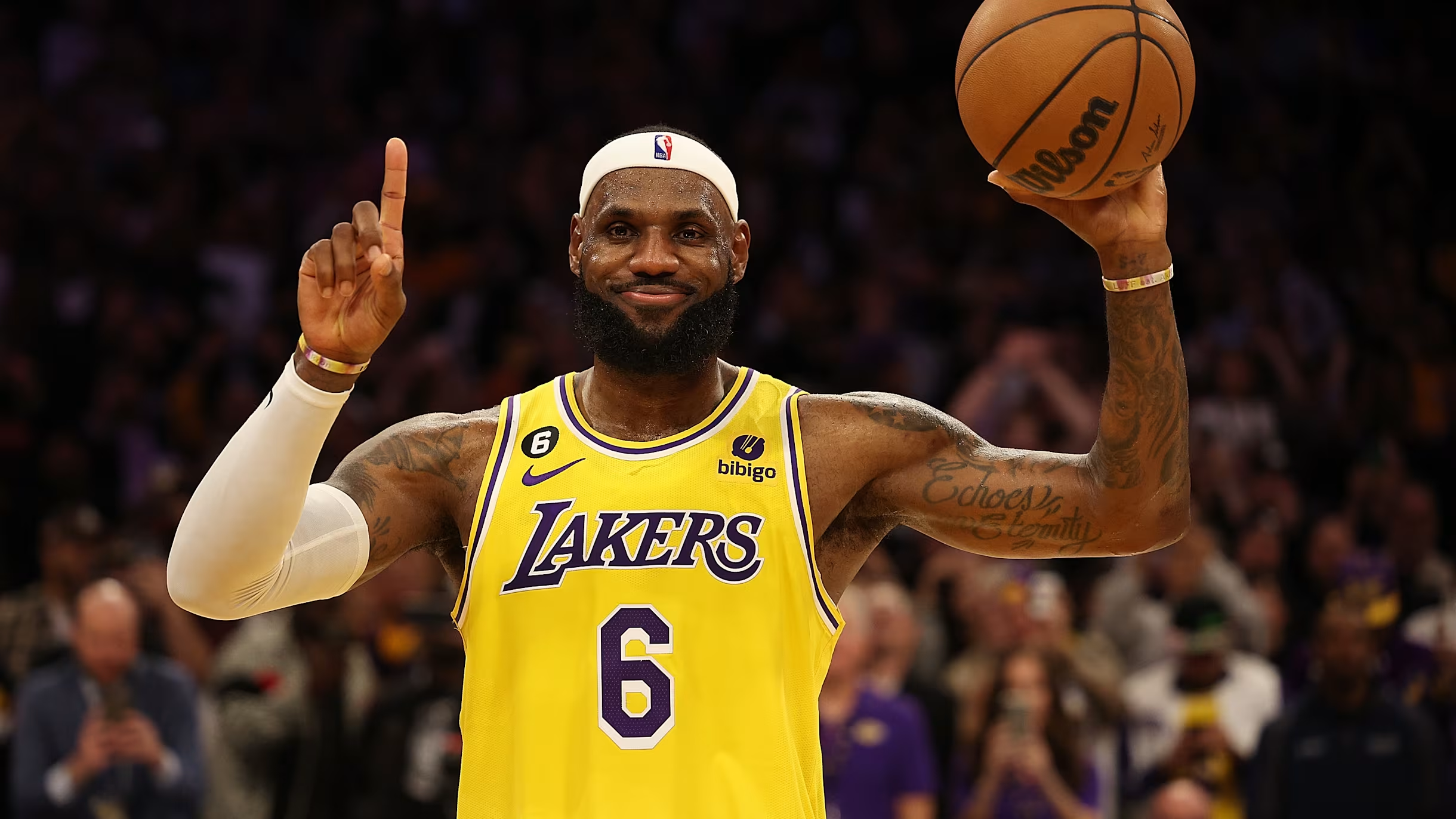
In the high-stakes world of professional basketball, suspensions are a serious matter, not only affecting individual players but also impacting entire teams and the dynamics of the game. These suspensions can arise from a variety of infractions, ranging from on-court altercations to off-court misconduct, and their repercussions extend far beyond the duration of the suspension itself.
One of the most notable recent suspensions in the NBA occurred when a star player, known for his on-court prowess and occasional fiery temperament, found himself sidelined for a significant number of games. The suspension stemmed from a heated altercation during a crucial playoff game, where emotions ran high, and tempers flared between rival players. What began as a minor scuffle quickly escalated into a full-blown confrontation, with players from both teams rushing to intervene.
Despite efforts to diffuse the situation, tensions continued to escalate, leading to actions that violated the league’s code of conduct. As a result, the league office swiftly took action, imposing a substantial suspension on the player involved. The decision sent shockwaves throughout the basketball community, sparking debates about the severity of the punishment and its potential impact on the player’s team.
For the player, the suspension represented more than just a temporary setback; it was a stark reminder of the consequences of letting emotions override judgment on the court. It forced him to reflect on his actions and consider the broader implications of his behavior not only for himself but also for his teammates, coaches, and fans.
Off the court, the suspension also brought scrutiny upon the player’s character and raised questions about his ability to maintain composure in high-pressure situations. While some defended him as a passionate competitor who simply let his emotions get the best of him, others criticized him for setting a poor example for aspiring athletes and failing to uphold the standards expected of professional basketball players.
As the player served his suspension, his team faced the challenge of compensating for his absence on the court. They rallied together, demonstrating resilience and determination in the face of adversity. Despite the setback, they remained focused on their ultimate goal of competing at the highest level and achieving success in the postseason.
In the end, the suspension served as a wake-up call for the player, prompting him to reevaluate his approach to the game and prioritize discipline and sportsmanship. It also served as a reminder to the entire league that actions have consequences, and maintaining professionalism both on and off the court is essential for the integrity of the game.







